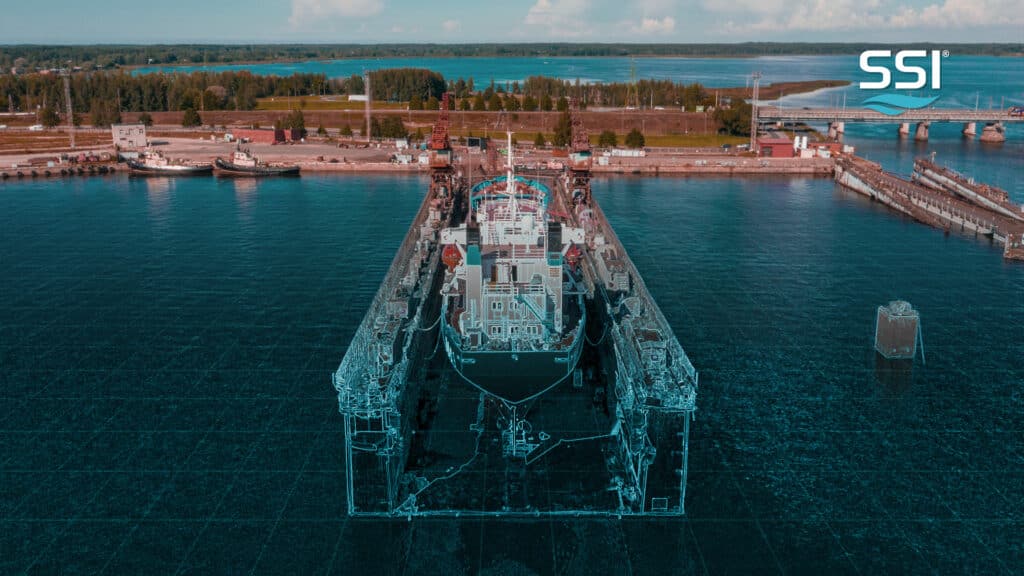
SPONSORED CONTENT: In the world of new construction shipbuilding, the value that digital twins can bring to a program and the steps to achieve that value are more and more understood. But for sustainment and in-service support, most have an idea of what the ideal is, but getting there in reality is proving tricky. What is the role of the digital twin for sustainment, and how do we make the first step to taking advantage of the digital twin?
Different requirements for design and build vs sustainment
We often think of the digital twin as one ‘thing.’ Instead, it is a combination of connected and synchronized, but discrete, information sources. The sources that are relevant in the design and build stage are not the same as in sustainment and in-service support (ISS).
For example, the build strategy and the fabrication details of individual parts, assemblies, and spools are far less valuable once the vessel is built. Other product structures, like the Ship Work Breakdown System (SWBS), which is used for both functional design and ISS activities, are far more important. To avoid wasting time and resources, it is critical to agree on the level of detail required for sustainment and focus on accurately capturing that detail. Only what is needed should be transitioned from an as-designed or as-built digital twin to one used for ISS, maintenance, repair, or overhaul.
Unique approach
SSI believes product lifecycle management (PLM) has a vital role to play in managing, configuring and controlling all the product data needed by stakeholders from concept to decommissioning. As an established provider of ship design and construction software, we recognised the challenge of providing seamless information flow across the lifecycle of a project, from design to delivery and operations.
For vessel operators, it can provide traceability of components down to single part level. Operators can use the data within the digital twin to access characteristics and configuration within the 3D model, including vendor information.
SSI ShipbuildingPLM is the only PLM platform that is specifically built for the business of shipbuilding. Our experience with shipyards and shipowners convinced us of the need for a vertical information management solution that can provide the data all stakeholders need.
The challenge of change during the design and construction phase makes PLM a necessity in shipbuilding. It’s a process shipyards should adopt for efficiency and cost-saving but it will increasingly become a necessity for delivery of the digital twin.
In addition to monitoring performance and maintenance schedules, operators will increasingly demand greater visibility on the vessel’s components. The digital twin can provide a useful digital auditing database to understand whether new technologies, fuels and systems are operating safely and in compliance.
Perhaps most importantly, the benefits of PLM are shared, accruing to shipyards during the construction and repair phases and owners once they take delivery and are able to perform smarter maintenance and optimised operations across the vessel lifecycle.





